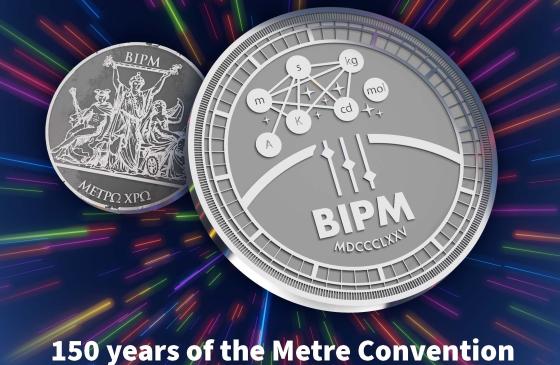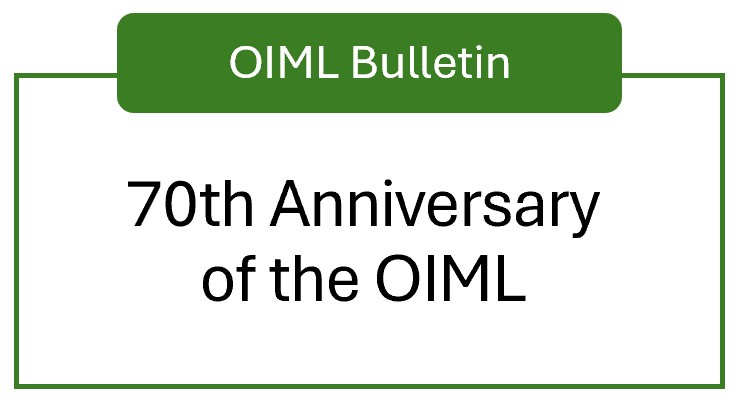Legal metrology and the environment

We use measurements to obtain data

This data can then be used to help make the correct decisions to properly care for our environment
For example:
- measurement of the amount of nutrients added to soil, and pesticides applied to crops allow us to determine the optimum dosage to ensure their effectiveness while avoiding possible contamination;
- measurement of noise levels and emissions, combined with analysis of the resulting data, allow us to determine any harmful effects and react accordingly;
- measurement of the amount of substances in water, soil and the atmosphere makes it possible to determine the environmental impact of human activities, and helps decision makers arrive at viable, cost effective solutions;
- measurement of pollutant gases, particulate matter or various forms of radiation aids in the detection of possible hazards in the workplace (or indeed in the home), ensuring that preventive actions are taken; and
- measurement of energy consumption (“smart metering”) helps to monitor, better understand and control our use of energy.
Over recent years we have all witnessed environmental changes. Additional measurements must be made in many areas in order to accurately and correctly determine the sources of these changes. In order to make sound policy decisions, decision makers must have confidence in the measurements they use.







